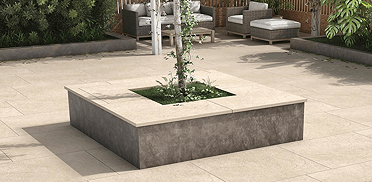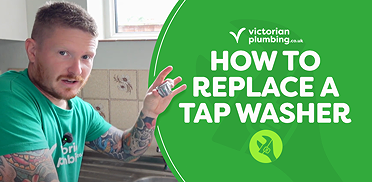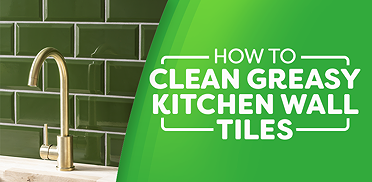OUR WINTER SALE ENDS SOON!
*Boxing Day deals coming soon. Free delivery on orders over £499
How Does a Toilet Drain Work?
How Does a Toilet Drain Work?
Ever wondered how your humble toilet works to drain away all that waste? We explain all...
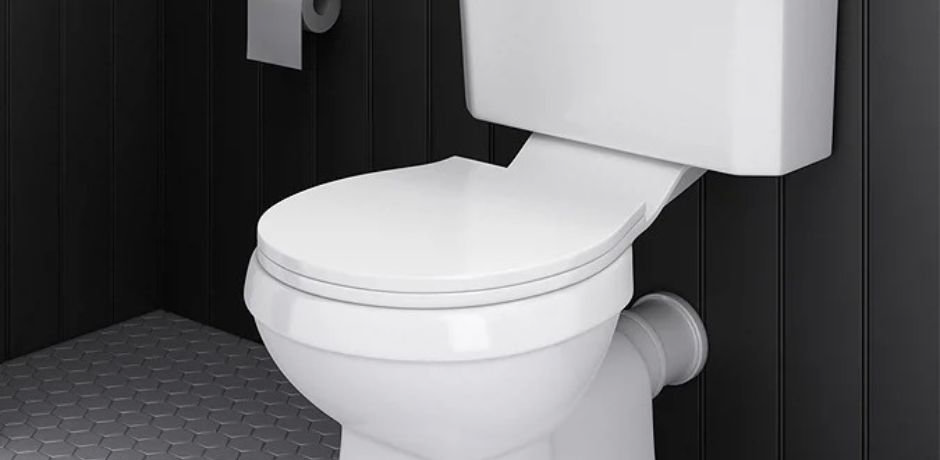
Toilets aren’t exactly the most sophisticated of all inventions (especially when compared to the technological wizardry of a smartphone), but they are, perhaps, one of the most important.
Incredibly, according to Water Aid, 26% of all people around the world don't have access to a flushing toilet, meaning they lack the essential sanitation we take for granted in the developed world. On the other hand, the Japanese have invented futuristic toilets that can perform almost any sanitary task you can think of. For example, there is no need for you to manually open or close the toilet lid because the toilet does it for you. Isn’t that just crazy? Although, most of the toilets you'll find around the world aren’t as advanced as the ones in Japan, they still have pretty interesting mechanisms. In this article, we'll take a closer look at some of these toilets and discover how they drain away your waste.
Flushing toilets
Toilets may not look very complicated to you at first. It seems like a pretty simple concept: a water tank flushes and your waste goes through a pipe and into the sewage system. Almost all flush toilets are mechanical, meaning that they rely on gears and gravity. You press the flush button, water drops from the cistern (which sits above the pan) and your waste is washed away. At first sight, this all seems pretty straightforward...doesn't it?
However, there is far more to the average toilet than meets the eye. When flushed, the water tank needs to be refilled from your domestic water supply, through a toilet fill valve. The time it takes to refill a water tank has to be precise so that it doesn’t overflow. You may have also noticed that, after flushing, a small amount of water remains in the bowl. What's that for? Well, this little pool of water is all that stands between your toilet bowl and the sewage pipe below it—and it's super important! It prevents germs or pungent, and potentially dangerous, odours from rising up out of the sewer and filling your entire bathroom.
But how does that small amount of water remain in the bowl, I hear you ask. The answer, my friend, lies in the U-bend. This seemingly unimportant U-shaped bend, built into the design of the toilet, ensures that flushed water must travel upwards first, before entering the waste pipe. This design always traps a small amount of freshly flushed water, maintaining the barrier between your bathroom and the sewer below.
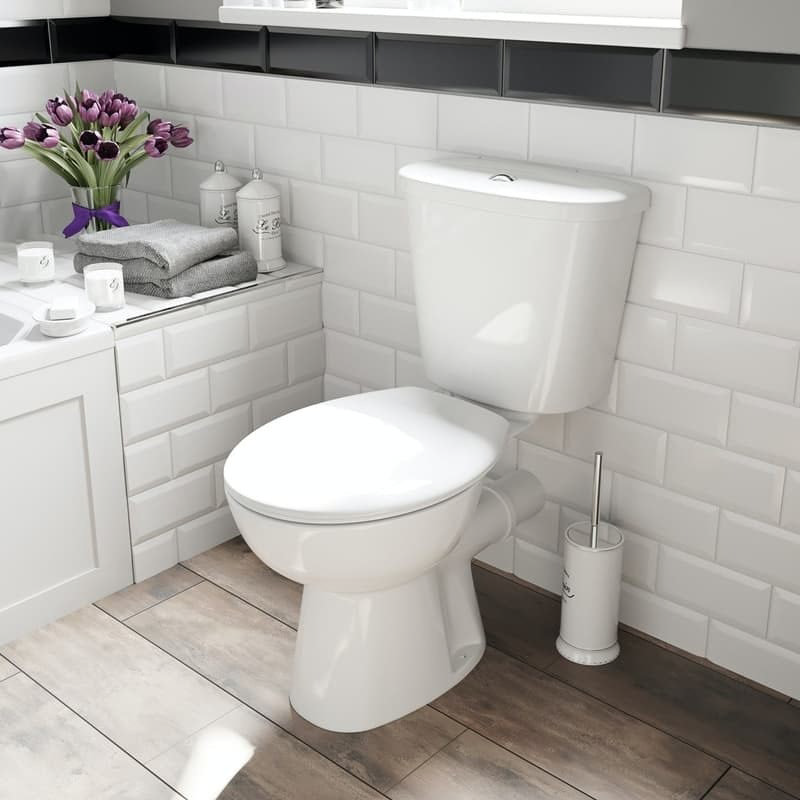
Upflush or macerating toilet systems
Flush toilets come in a variety of sizes and stylish designs, but these toilets are usually designed to connect to the waste pipe using a toilet pan waste connector. Due to the amount of waste that flows through them, these pipes are relatively large and can often restrict the placement of your toilet within the bathroom. If you want to install a new bathroom elsewhere on your property, and it isn't close to your main waste pipe, flush toilets are simply not the best choice for this scenario.
Hope is not lost though. A simple solution is to install an up flush toilet or, as some would call it, a macerating toilet. These toilets are a hybrid between waste disposal and a flush toilet. The waste goes through a blender-like mechanism, overflow tube and toilet flapper which blends it into a liquid-like state. Then, it is pumped through a small pipe and, lastly, to your main waste pipe. The greatest benefit of these flush toilets is that you can place them virtually anywhere in your home as long as there is water and electricity. The water is needed for the flush while the electricity is used to function the pump and up flush system so that the toilet tank empties.
If you're considering a macerating toilet, it's worth bearing in mind some of the downsides versus a conventional flush toilet. They can often be a bit bigger or bulkier, make more noise and aren't always as reliable in totally clearing all the waste from the toilet bowl. Additionally, they cost more initially (so not the best choice if you're working on a tight budget), and require more water supply and electricity, meaning they will cost more in the long run.
The most well-known supplier of macerators and macerating toilets in the UK are Saniflo, who offer a range of sanitary solutions for situations where a conventional flush toilet isn't suitable.
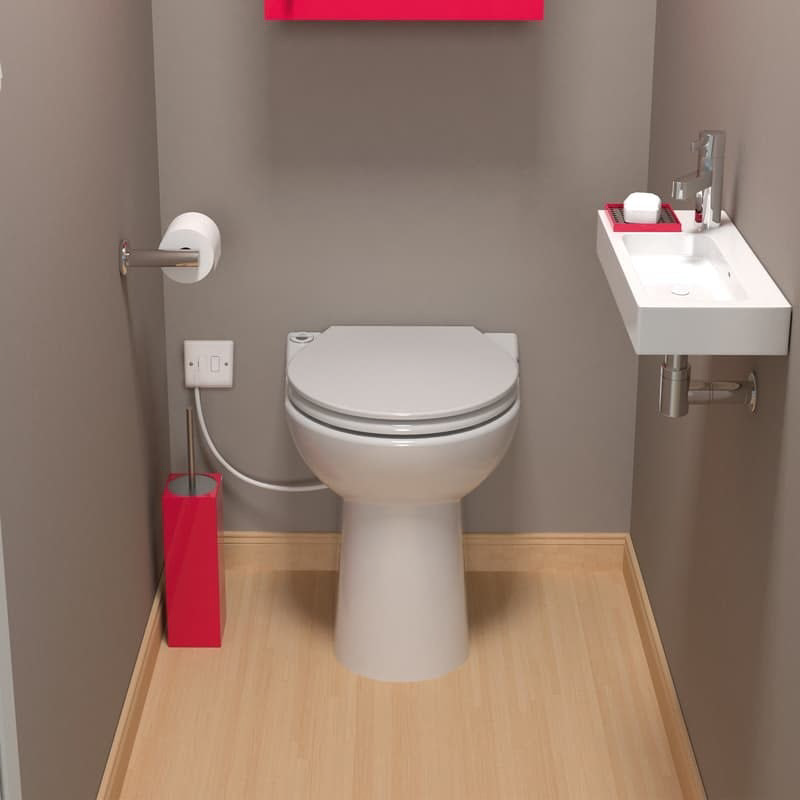
Vacuum toilets
For those of us who are increasingly environmentally-focused, one of the downsides of owning a flush toilet is the amount of water they need to clear your waste. Even when buying an eco toilet with a dual flush, you will still use plenty of litres of water every single day. This type of toilet isn't desirable for vehicles like coaches, trains or planes, as they would need to transport a large water tank just to flush the toilets. The solution that many of these vehicles turn to is the use of vacuum toilets. While this may sound a little weird, vacuum toilets utilise the same mechanics as a traditional flush toilet, but instead of water, air is used to flush the waste away.
How is air able to function the same way as water in a toilet? A sliding outlet in the floor seals the toilet bowl from the other mechanisms. When you press the flush button, a small amount of water comes out, filling the bowl a little. At the same time, an air tank quickly pumps air out of it and this produces a vacuum-like effect. The sliding outlet opens and creates a significant air pressure difference between your bathroom and the tank. This creates a suction effect and clears the waste from the toilet bowl, and then into a larger waste tank. If you've ever been on a plane and flushed a toilet, you'll know exactly what this looks (and sounds!) like.
Conclusion
Before reading this article, you probably thought you knew everything that could be known about how a toilet works. However, as the old saying goes, a little knowledge goes a long way. Now you know more about how your toilet works, perhaps you'll think differently when you buy your next one and choose where to install it?
From an innovation point of view, we've come on in leaps and bounds with our toilets as we constantly upgrade them to serve us better. Not too far back in human history, it used to be totally acceptable to relieve ourselves in nature and expect our waste to provide nutrients for plant life. However, over time, it has become socially unacceptable and potentially hazardous to health, due to our modern population densities. We also draw plenty of resources from the water bodies around us.
Being informed about toilet choices can help you save money and allow you or your guests to enjoy those little bathroom breaks that we cherish. You don’t have to get the most expensive toilet to meet your needs, just get one that fits within your budget and does the basics effortlessly and efficiently.
If you're looking to replace your old toilet or simply add a new one to your home, you'll find a fabulous selection of toilets right here at Victorian Plumbing. From conventional close coupled toilets to sleek wall hung designs, discover the perfect toilet solution at the lowest price around.

Sarah
Sarah is one of our resident bathroom experts here at Victorian Plumbing. She loves writing helpful bathroom design and DIY articles, as well as detailed buying guides.
